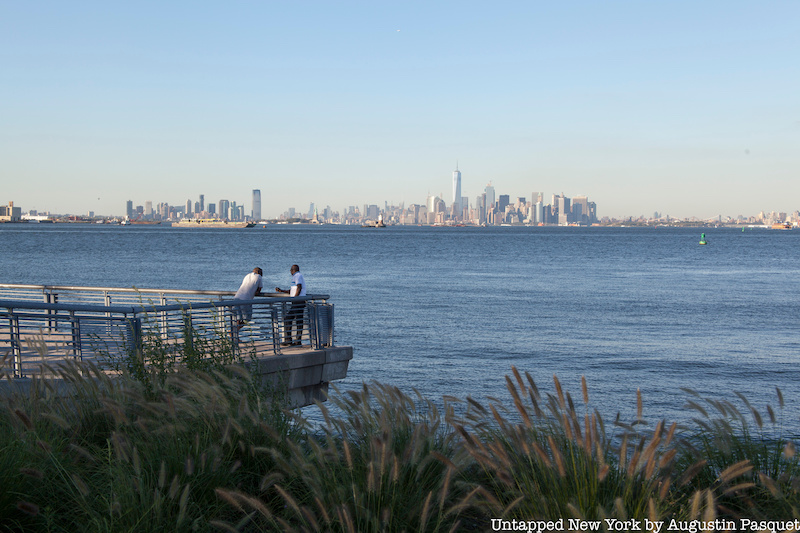
Located on the northernmost tip of the borough, St. George is considered one of the primary gateways for people traveling between Staten Island and the rest of the city. The area was first inhabited by the Lenape Native Americans, who moved around quite a bit but stayed in St. George during the summer seasons to fish. It later came under Dutch control as part of the New Amsterdam colony until it was eventually purchased by the British in 1664. Many of its first settlers were a mixture of Dutch, British, and French people who didn’t necessarily have a name for the location.
The northern part of the island saw a great deal of development mostly towards the beginning of the 19th century due in large part to the efforts of Daniel D. Tompkins, former New York State governor and U.S. Vice President to James Monroe. His purchase of the farmland in St. George ended up having a significant influence on the street layout in years to come as more land developers followed in his footsteps.
The neighborhood is considered a high-income area on Staten Island and consists primarily of Black and Hispanic residents. Despite the borough being the only one to have a predominantly White European American demographic, St. George is indicative of the ever-increasing minority population in New York City over the past few decades. The neighborhood features businesses of varying ethnic backgrounds from Thai to Italian in its bakeries, restaurants, and convenience stores. From the origin of its name to a beloved restaurant serving multi-cultural cuisine, here are ten fascinating secrets of St. George.
1. “St. George” was not actually a saint but rather a land developer
The neighborhood got its name during its developmental years in the late 1880s, when much of the land on Staten Island close to New York Harbor was still a summer retreat for wealthy New Yorkers like the photographer Alice Austen, who lived further south in Rosebank. The area now known as St. George was originally considered part of New Brighton, the neighborhood west of present-day St. George.
A businessman named Erastus Wiman was looking to acquire the land in order to construct a new rail-ferry terminal, so he asked a railroad engineer and financier named George Law to purchase it. Law was involved with the contracting for several public works projects in the United States, but specifically in New York, where he notably took part in the contracting for the High Bridge. Because Law was able to obtain the waterfront property in New Brighton at a bargain, Wiman promised to “canonize” George Law and name the area after him.





